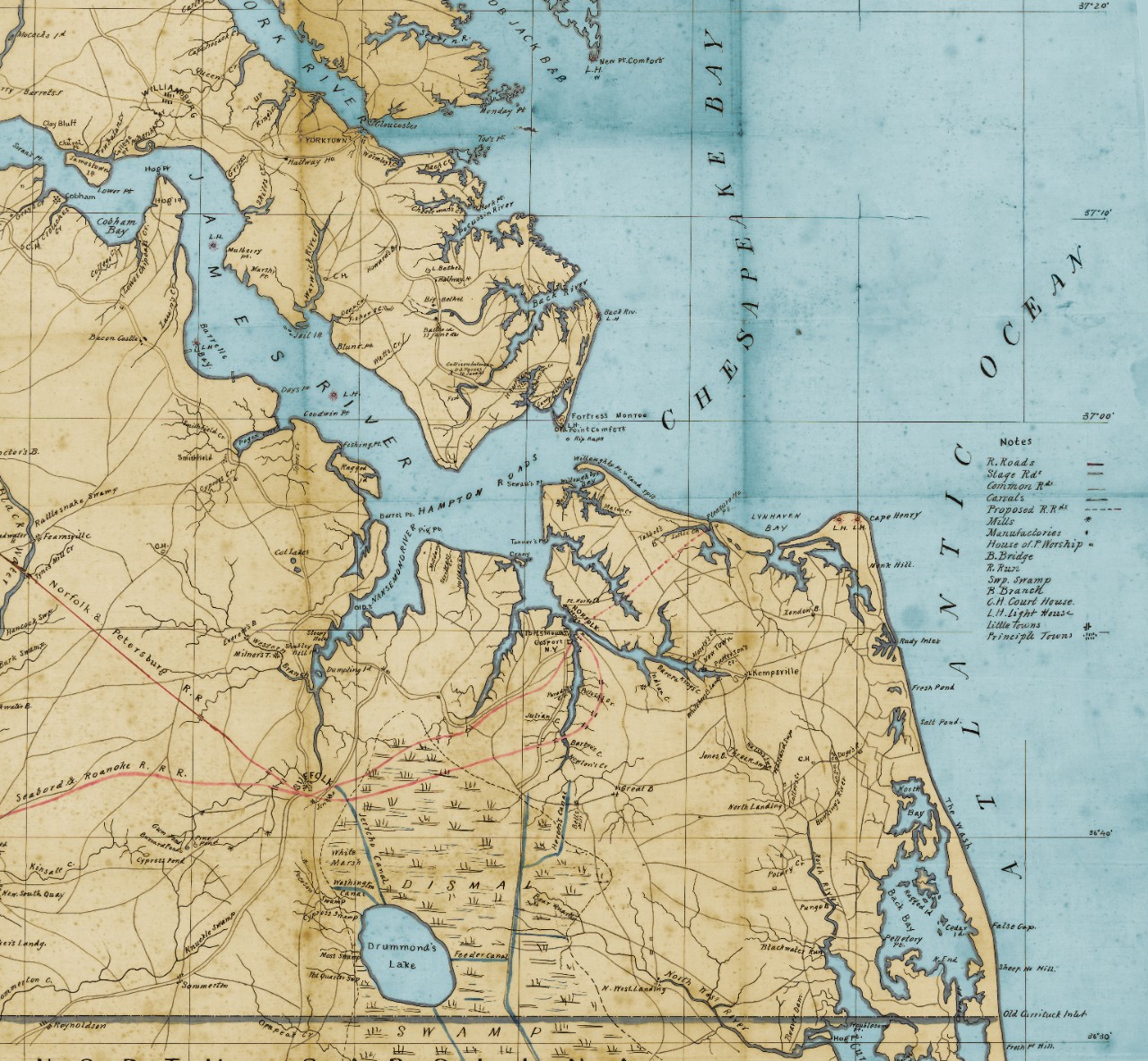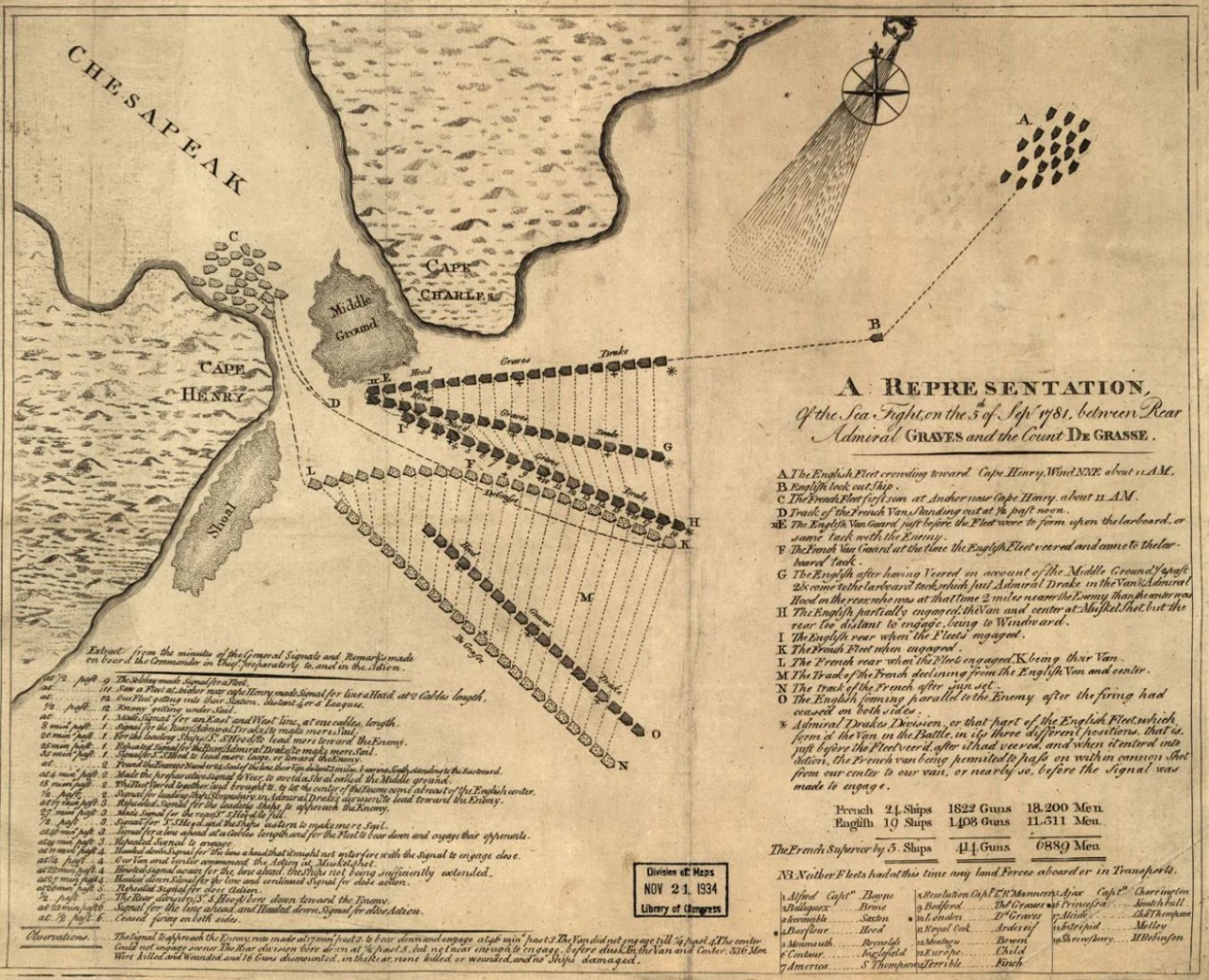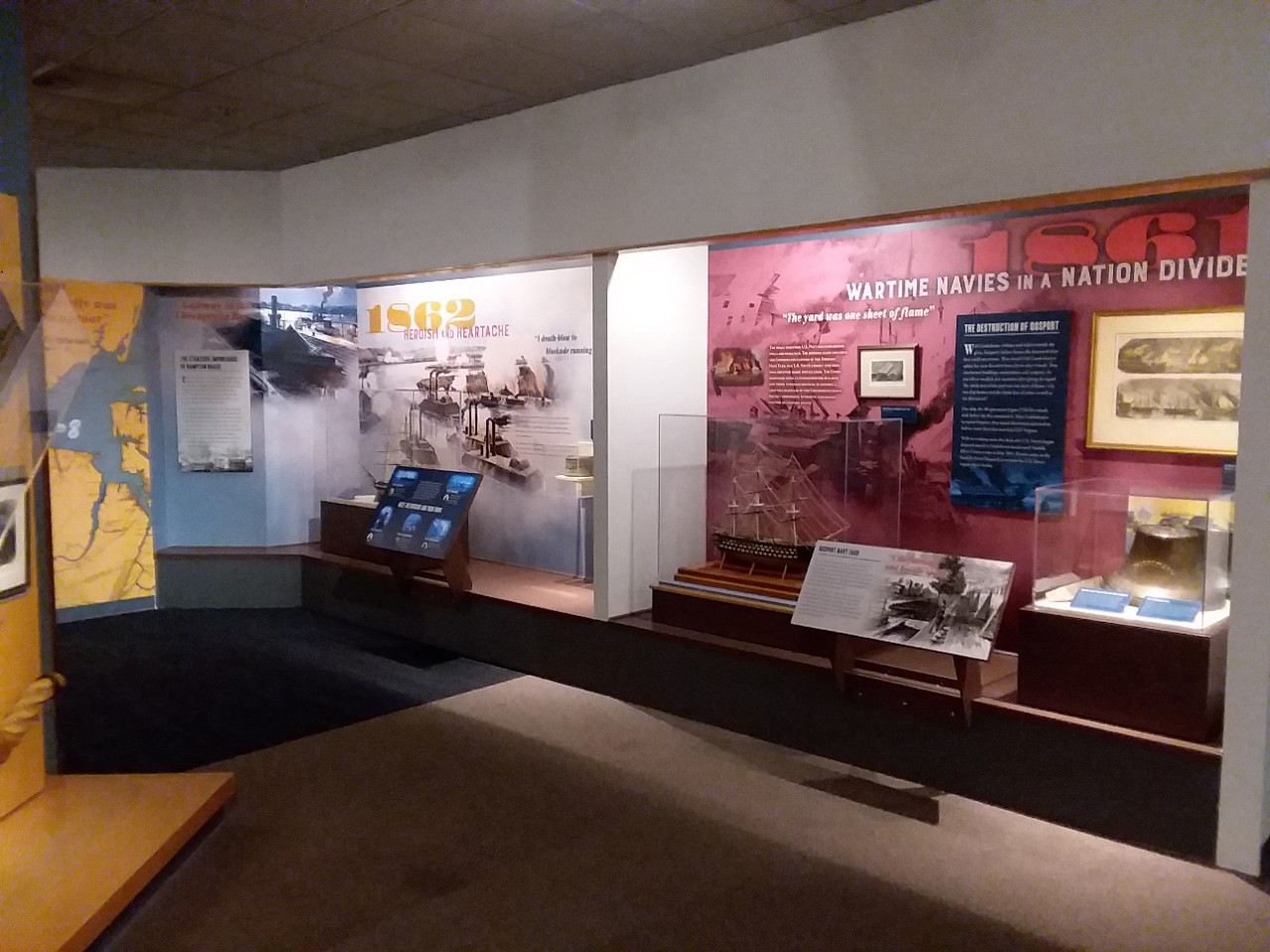Hampton Roads Heritage Hunt Introduction
Hampton Roads is home to the United States Navy. It houses the world's largest naval base, Naval Station Norfolk. Norfolk Naval Shipyard, originally known as Gosport Navy Yard, is the country’s oldest Navy shipyard.
This area we call “Hampton Roads” was named for Henry Wriothesley, the Third Earl of Southampton, in England. Because Wriothesley paid for the early English settlers’ voyage to this area, they named it after the Earl of Southampton. The word “roads” originates from the term “roadstead,” meaning a place where rivers and bodies of water come together to make a good place for ships to anchor safely, otherwise referred to as a “protected harbor” or “place of safe anchorage.”
One of the deepest harbors on the East Coast, the roadstead connects to the Chesapeake Bay, the country’s largest estuary. Hampton Roads is surrounded by seven cities. It is protected by a peninsula that stretches through the cities of Hampton and Newport News. Five of the seven cities that make up Hampton Roads are on the southern side of the roadstead, south of the James River: Suffolk, Portsmouth, Chesapeake, Norfolk, and Virginia Beach. All seven cities are part of the “Tidewater Region” or “Coastal Plain,” which consists of the entire east coast of Virginia, from the Atlantic Ocean to the Fall Line.

Hampton Roads is unique. Famous for its food, art, fishing, and diverse culture, the Roadstead is equally known for its history. Many historians trace its origins back to 1606, when Captain Christopher Newport, accompanied by the first permanent settlers, arrived in the Chesapeake Bay. Some historians date its beginnings to the Chesapeake Bay explorations of Captain John Smith in 1608-1609. No matter what, Hampton Roads—like most areas of the United States—has a violent history. It has withstood war, invasion, social disruption, and cultural transformation.
Hampton Roads has played a central role in America’s wars, beginning with the American Revolution. Between Capes Henry and Charles, French warships repulsed the British fleet and forced General Cornwallis to surrender his army at Yorktown.

In the War of 1812, Admiral Sir George Cockburn's British naval squadron seized Hampton Roads and blockaded the Chesapeake Bay in 1813. Cockburn's occupations in Hampton and Norfolk set the stage for the British invasion of the Chesapeake, which culminated in the burning of Washington D.C. in 1814. The event was followed by the defeat of British forces at Baltimore. During the American Civil War, the roadstead was one of the most strategically sought-after pieces of geography on the Atlantic coast. On the second day of the Battle of Hampton Roads, March 9, 1862, the ironclads USS Monitor and CSS Virginia clashed. This event marked the beginning of the end of wooden sailing warship production.
During the first half of the 20th century, the landscapes of Hampton Roads transformed in ways that can still be seen and felt today. In less than two years, 145 transports and over 250,000 soldiers embarked from Hampton Roads for battlefields in France during World War One. Just over 20 years later, in World War II, Newport News and Norfolk shipyard workers constructed over 100 ships. 1.7 million Sailors, Soldiers, and Airmen embarked from Hampton Roads between 1942 and 1945. Between 1940 and 1944, Hampton Roads doubled its population.
Although the area experienced immense economic growth from pre and post-World War II industrial expansion, many Hampton Roads communities suffered from America's military-industrial complex in the second half of the 20th century. Municipalities were overcrowded in areas adjacent to military bases and shipyards. As a result of segregation, African Americans were denied access to green spaces. They were exposed to environmental threats caused by industrialization. Residential segregation in Hampton Roads continued into the second half of the 20th century.
Hampton Roads is unique. Its local history echoes the many world events that helped build our Navy’s legacy. The area reflects our nation’s social and cultural history. We hope this heritage hunt will inspire military and civilian residents to continue learning about the importance of Hampton Roads and promote advocacy for our local community.
Goals:
1. Familiarize yourself with Hampton Roads geography: The heritage hunt will take you through all seven cities: small towns, farmland, neighborhoods, parks, beaches, swamps, rivers, and industrial communities. We hope that you will gain a sense of direction and develop an appreciation for the complexities of the region's terrain.
2. Appreciate your local history: While this activity focuses primarily on local events, some destinations reflect the area’s global significance. From artifacts to ship parts, maps, graves, historical markers, memorials, forts, and physical structures, everything you will see has influenced America’s international footprint. Through this activity, we hope you learn about the significance of the place you are standing more than just the marker, memorial, or artifact.
3. Have fun! The Hampton Roads Heritage Hunt is a great training exercise for naval commands. Also, it is a fun activity for active-duty family members and civilians, especially new arrivals. Hopefully, this activity will show you some of what Hampton Roads has to offer. Whether for educational purposes, or personal enjoyment of local amenities, we invite you to explore beyond the confines of the heritage hunt.
Directions:
You will need either GPS or a Southeast Virginia road map to complete the heritage hunt. The hunt is divided by city. Once you reach each location, either read or listen to the historical overview. You will start in Norfolk and end in Virginia Beach. Begin your journey at the Hampton Roads Naval Museum. After you answer questions from the gallery, begin the driving tour. Find each location, listen to the audio background information, and answer the questions. Every location has a naval history connection. However, not all questions relate to naval history. Some sites require a photo only. Navigate the cities in the following order: Norfolk (starting at the Hampton Roads Naval Museum), Portsmouth, Chesapeake, Suffolk (cross the Monitor-Merrimac Memorial Bridge-Tunnel), Newport News, Hampton (cross the Hampton Roads Bridge-Tunnel), Virginia Beach.
Questions for heritage hunt: You will be able to see the questions for each city on the city's page. If you'd like to enter your answers online, you may use this Google Form to save your answers and submit them as you finish a city.
Upon Completion:
Military Commands- It is highly recommended that you complete the heritage hunt in groups, rather than individually. The Sailor in charge of organizing your command’s hunt will receive an answer sheet prior to the exercise. Once you have completed the hunt (pics and questions), the Sailor in charge will check your answers. Awards for completion will be decided by your command’s leadership.
Families- Once you have completed the hunt, you may use the answer sheet to check your answers. If you would like to receive a Hampton Roads Naval Museum Certificate of Completion, bring your family’s photos to the museum’s front desk. Good luck!

Note: You are welcome to check in at the Hampton Roads Naval Museum before you begin the heritage hunt. The museum is located on the second floor of Nauticus. Tell an HRNM staff member that you are here to conduct the Hunt. He or she will provide you with guidance and information. Stop by the interactive map in the Civil War section of the museum and use the touch screen to familiarize yourself with some of the locations you will be visiting on your journey through the seven cities.
Begin the Heritage Hunt by going to the Norfolk page.


